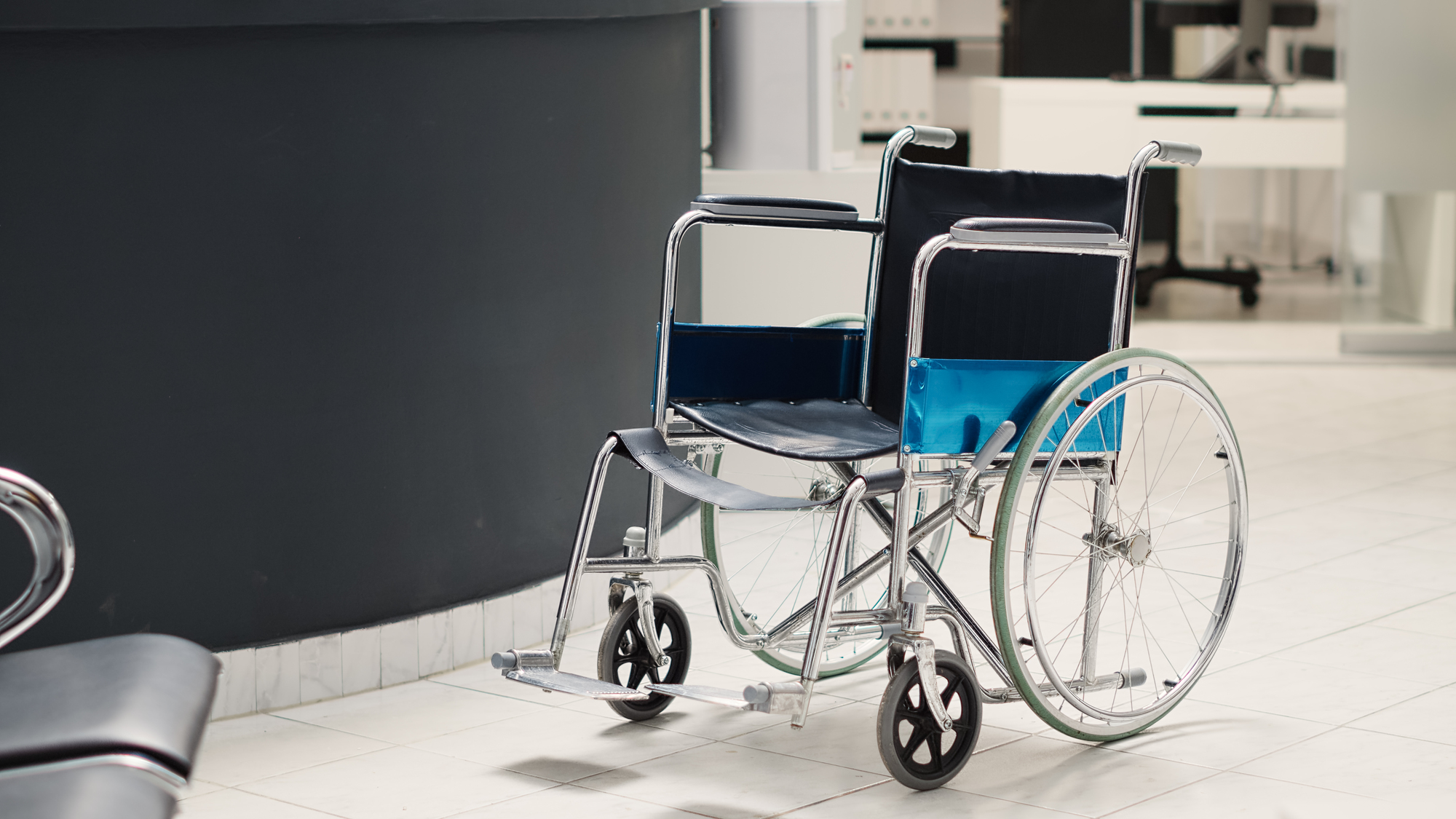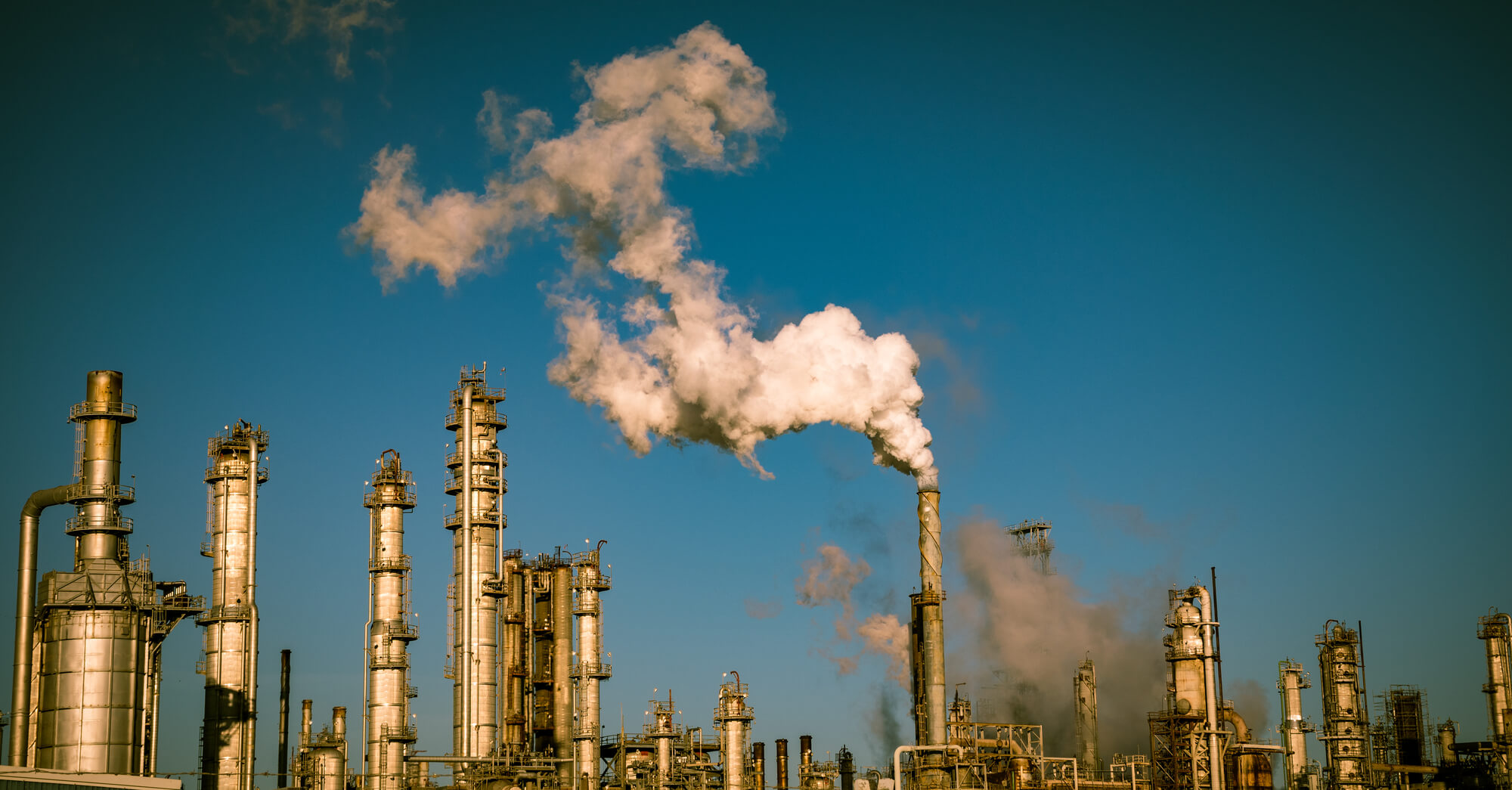Ukrainian exporters are awaiting Ukraine’s accession to the Agreement on Conformity Assessment and Acceptance of Industrial Products (ACAA). When this becomes a reality they will be able to sell 27 non-food categories of products in the EU without the need for additional certification. Ukrainian documents will be recognized by the EU countries.
Agreement on Conformity Assessment and Acceptance of Industrial Products (АСАА) is a document the EU signs with non-member states for the free movement of goods. The Agreement addresses safety issues with regard to industrial products.
Why do we need this?
Due to the existence of the Deep and Comprehensive Free Trade Area between Ukraine and the EU, the average level of import duties for Ukrainian exporters approaches zero. Therefore, the main barriers to trade in industrial products with the EU are not the import tariffs but the costs associated with the formal confirmation of compliance of Ukrainian goods with the EU requirements. The entry into force of the ACAA with regard to certain products indicates that these products receive free (without any additional conformity assessment) access to the markets of EU member states.
Ukraine is interested in signing the Agreement because it actually means integrating part of the national economy into the EU Single Market without acquiring EU membership.
Upon signing the ACAA, those Ukrainian manufacturers that will receive all the necessary certificates for selling goods in Ukraine will be able to sell them in the EU without additional documents. Similarly, European manufacturers will be able to distribute their goods in Ukraine if the latter are already sold on the EU market.
Currently, the following 27 categories of industrial products are concerned: (1) machinery, (2) electromagnetic compatibility, (3) simple pressure vessels, (4) pressure equipment, (5) transportable pressure equipment, (6) lifts, (7) safety of toys, (8) Electrical equipment designed for use within certain voltage limits, (9) efficiency requirements for new hot-water boilers fired with liquid or gaseous fuels, (10) appliances burning gaseous fuels, (11) personal protective equipment, (12) energy efficiency requirements for household electric refrigerators, freezers and combinations thereof, (13) non-automatic weighing instruments, (14) measuring equipment, (15) marine equipment, (16) medical devices, (17) active implanted medical devices, (18) In vitro diagnostic medical devices, (19) equipment and protective systems intended for use in potentially explosive atmospheres,(20) radio equipment and telecommunications terminal equipment and the mutual recognition of their conformity, (21) cableway installations designed to carry persons, (22) recreational craf, (23) construction products, including its implementing measures (24) packaging and packaging waste, (25) explosives for civil uses, (26) indication by labelling and standard product information of the consumption of energy and other resources by energy-related products including its implementing measures, (27) high-speed railways.
What needs to be done to sign the ACAA?
To sign the ACAA, a country must fully align its legislation with EU legislation in the areas of standardization, metrology, technical regulation, accreditation, conformity assessment of products and market surveillance, and ensure the quality of the institutions involved in these processes, as well as create the necessary infrastructure.
How does it work?
All product safety and quality requirements are laid down in EU technical regulations. They are mandatory for anyone who wants to sell products in the EU. At the same time, there exist the so-called harmonized standards to be complied with voluntarily but the implementation of which is regarded as a presumption of complying with respective technical regulations. If a company adheres to a harmonized standard, the proof of non-compliance (where necessary) lies with the state. However, if a company chooses to manufacture products in accordance with its own rules it must prove that its products still comply with the mandatory requirements of the technical regulations.
Compliance with the requirements of the technical regulations is monitored by means of market (not production) surveillance.
What are the obligations of the parties to the Agreement?
The countries that signed the Agreement should recognize each other’s inspection conclusions and certificates. The countries also agree that imports of products will not be subject to additional inspection if the products have Certificates of Conformity obtained in one of the countries that is a party to the Agreement.
Who benefits from this deal?
Importers and exporters of industrial products.
Who does not benefit from this deal?
Those who used to receive profits or benefits from corruption from dual certification and customs controls.
ACAA is part of the obligations under the Association Agreement (Article 57) between Ukraine and the EU. The signing of the ACAA will allow Ukrainian companies that carry out the conformity assessment procedure in Ukraine to automatically obtain the right to affix the CE marking and sell the products in the EU without the need for additional certification.
Things are much more complex now. If the products have a low risk level, to be eligible for this marking the company will have to prepare technical documentation, carry out the conformity assessment, issue a declaration of conformity and affix the CE Mark. However, in case of a higher risk level and the need for a third party (independent) conformity assessment the company must use notified EU bodies before signing the declaration and affixing the CE marking. Upon signing the Agreement, the marking can be confirmed by local authorities.
The number of documents required for the manufacturer will also decrease. Companies now need to have two types of documents: one for the domestic market and the other for the EU market. Upon signing the ACAA, the document issued for Ukrainian market will suffice to distribute the product on the EU market. The Agreement is expected to “make life easier” for 1/5 of Ukraine’s exports, this primarily applies to machinery.
This past summer, the government took important steps to make the industrial visa-free regime a reality.
In June, the President signed Law #2740-VIII dated 06/06/2019. In it, a number of provisions of local legislation on technical regulations and conformity assessment of products is aligned with EU legislation. Specifically, the Law:
- establishes that the national accreditation body of Ukraine must comply with the international standard ISO/IEC 17011 or the European standard EN ISO / IEC 17011;
- authorizes the central executive body overseeing the formulation of state policy in the field of economic development to conduct unplanned monitoring of the national accreditation body of Ukraine with regard to its compliance with the requirements;
- clarifies the composition of offenses relating to standardization, metrology and technical regulation as specified in the Code of Ukraine on Administrative Offenses;
- lists the areas in which the Security Service of Ukraine will perform the technical regulation function, i.e. the areas of special technical means for retrieving information from communication channels and other technical means of secret monitoring thereby amending the law of Ukraine “On Security Service of Ukraine”;
- allows documents and materials to be submitted to the market surveillance body (with its consent) in a non-state language (thereby amending the law of Ukraine “On State Market Supervision and Control of Non-Food Products”);
- adds the principle of presumption of conformity to the requirements of the technical regulations to the law of Ukraine “On Technical Regulations and Conformity Assessment” , i.e. the technical regulation may stipulate that the products meeting the national standards can automatically be considered to comply with the technical regulation.
On September 11, the Verkhovna Rada upheld the first reading of Draft Law # 1068 dated 29.08.2019 on amendments to legislative acts in connection with the adoption of the law “On Standardization”. The new Law lists regulations that need to be modified due to the fact that compliance with the standards has become voluntary rather than mandatory as before. The Subsoil Code of Ukraine, the Commercial Navigation Code of Ukraine, the Criminal, Economic, Civil and Land Codes of Ukraine, the Laws of Ukraine “On Environmental Protection”, “On Traffic”, “On Investment Activity” and several other laws are included in the list. The Law will come into force in one year (except for some paragraphs) during which time the Cabinet of Ministers and other central executive bodies will have to bring their regulatory acts into line with it.
Two more major challenges await on the journey towards obtaining the “industrial visa-free regime”: the regulation of market surveillance and standardization. The European Business Association identified two laws (# 5450-1 and # 10222) that would help resolve the market surveillance issues. In order to eliminate inconsistencies with regard to standardization, laws # 7124 (bringing the law “On Public Procurement” in accordance with the requirements of the law “On Standardization”) and # 9195 (amending the Customs Code of Ukraine in accordance with the law “On Standardization”) need to be adopted. However, the previous Parliament failed to vote for them even in the first reading. Therefore, these laws were automatically revoked with the new Parliament starting work on August 29, 2019 and are currently awaiting re-submission.
What are those laws to be adopted?
- the draft law registered in the Parliament of the 8th convocation under # 5450-1 aims at reducing administrative burden on business and at preventing abuse on the part of regulatory bodies in the field of consumer protection and market surveillance.
Once signed by the President, the supervisory bodies will no longer be able to examine the manufacturer’s products not under scrutiny, or request information irrelevant to the inspection (such as pricing information and counterparty contact details). Companies will also be legally entitled to carry out the assessment of their products in accredited organizations on their own initiative and, in case of divergence of the results of the examination conducted by the market surveillance body and those obtained by the company – to resolve the dispute in court.
- the draft law registered in the Parliament of the 8th convocation under #10222 is aimed at improving legislation with regard to state market surveillance, protection of consumer rights, as well as supervision of economic activity.
One of the main ideas of the draft law is to separate state market surveillance from the sphere of application of the Law of Ukraine “On the Basic Principles of State Control (Supervision) in the Field of Economic Activity”. The reason for this is that the subject matter of the Law is the business entity and its activities as a whole whereas market surveillance applies to certain types of products manufactured or sold by an entrepreneur. One of the problems with this Law is the 10-day warning rule prior to the inspection. Not infrequently, this allowed unscrupulous businessmen to close the premises for sanitary days or remove all goods from them on inspection days.Therefore, it was proposed that all market surveillance regulation be concentrated in the Law of Ukraine “On State Market Supervision and Control of Non-Food Products”. It is also important to eliminate duplication of functions and establish that there are exceptions to the law “On State Market Surveillance and Control of Non-food Products”, namely:
- construction objects defined by the Law of Ukraine “On Regulation of Urban Planning Activity”;
- aircraft, their components and equipment;
- precious metals, jewelry and articles thereof (jewelry and household items).
Another example of duplication to be eliminated is the authority of market surveillance and consumer protection bodies since products sold or manufactured by a business entity can now be examined in the frame of market surveillance and then again in the frame of consumer protection, in some cases even by the same government agency. Consequently, entrepreneurs may receive two penalties for one violation. It is also proposed that the “range” of fines be abolished and their exact amounts be defined to avoid a subjective approach in determining the amount of penalties.
- Draft law #7124 of 09/19/2017 amends the Law of Ukraine “On Public Procurement” removing, for reasons of negotiation procedure, the need to make additional purchases from the same supplier with the aim of unifying or standardizing its goods with the goods already available.
- Draft law #9195 of 11/10/2018 amends the Customs Code of Ukraine. Specifically, the requirements to comply with national and industry standards are excluded from the Code since compliance becomes voluntary with the entry into force of the Law “On Standardization”.
Presently, however, the EU representatives are not busy “doubling down” on efforts in working towards the Agreement. The second report on the implementation of the Deep and Comprehensive Free Trade Area (for 2017) published in 2018 does not mention the Agreement at all. In the 2018 report, the ACAA is cited as a matter for the future with no specific signing deadlines. The Agreement is also mentioned in the political declaration of the EU-Ukraine Summit in July 2019 but the planning horizon still remains broad. The signing, too, will initially apply to several selected categories of goods and only eventually will it extend to all 27 categories mentioned in the Association Agreement. Thus, in order to get a full “industrial visa-free regime” further work needs to be done.
Once the market surveillance and standardization issues are resolved, a new stage of the journey towards the ACAA agreement will begin. Ukraine will need to receive positive feedback from the EU for having done well its “homework”. Specifically, European experts will verify the identity of technical regulations, the quality of institutions and infrastructure paying particular attention to the issues of corruption / absence of corruption in the compliance assessment procedure.
Застереження
The author doesn`t work for, consult to, own shares in or receive funding from any company or organization that would benefit from this article, and have no relevant affiliations



